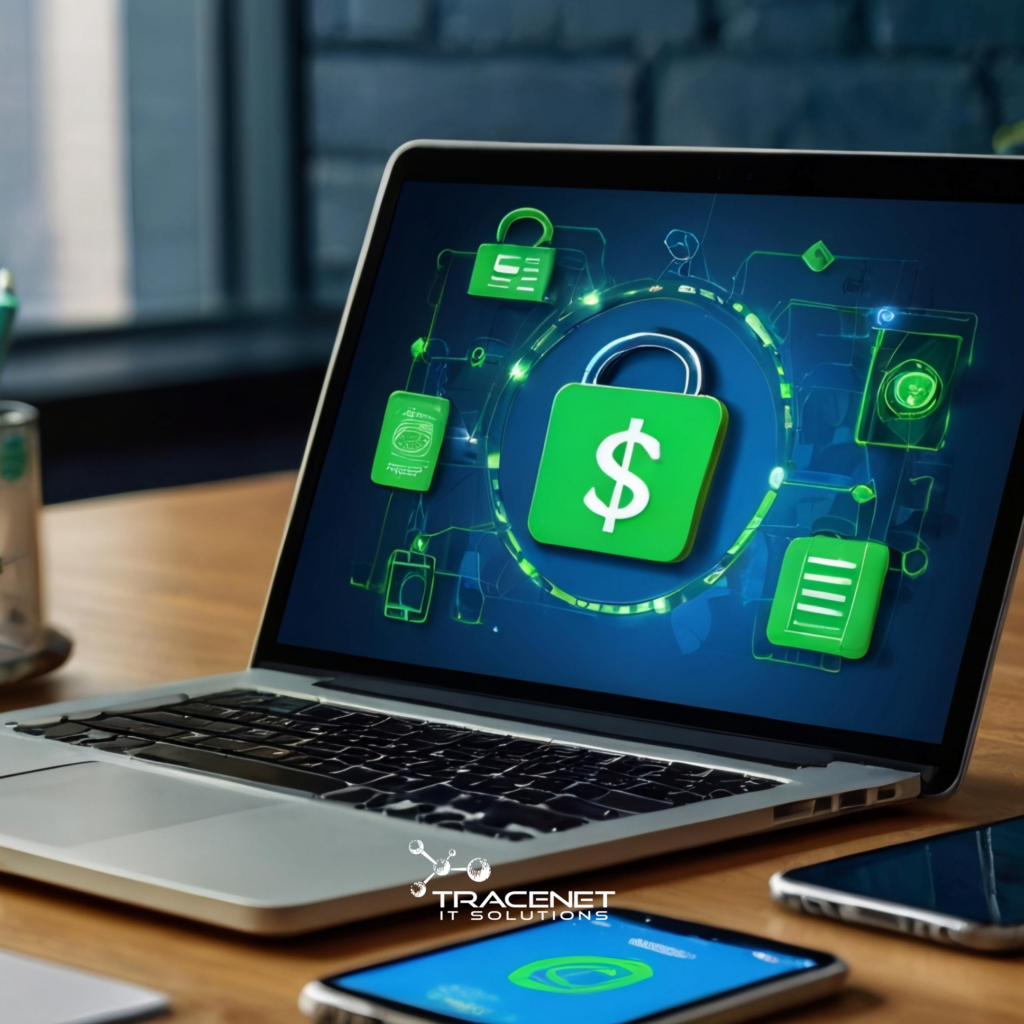In recent years, cyberattacks have gradually increased, and financial fraud is no different. Data theft, document forgery, hacking into bank accounts and data leaks are the most common scams, which can easily be prevented with a few financial cybersecurity strategies.
It’s significant to remember at this point that cyberattacks can hit companies of any size. That’s why, even if you own a small business, you need to look for strategies to prevent financial fraud and gain a better understanding of this world. Let’s go?
What is financial cybersecurity?
Financial cybersecurity strategies are essential for protecting financial systems, data, and transactions from cyberattacks. These strategies aim to minimize risks and guarantee the integrity, confidentiality, and availability of financial information. Check them out:
- Data Encryption
Protecting data in transit and at rest: implementing encryption to protect sensitive information both while it is stored and during transmission between systems, preventing it from being accessed by unauthorized parties.
Strong encryption keys: use of advanced encryption algorithms and secure management of cryptographic keys to ensure that only authorized users access the data.
- Multifactor Authentication (MFA)
Additional layers of security: implement multifactor authentication (MFA), which requires more than one verification method to access financial systems, such as a combination of password, token, biometrics or physical device.
Reduced risk of compromise: MFA reduces the likelihood of unauthorized access, even if a password is compromised.
- Continuous monitoring and threat detection
Real-time monitoring systems: use network and system monitoring tools to detect suspicious or anomalous activity that could indicate an attack attempt.
SIEM solutions: Implement Security Information and Event Management (SIEM) systems to correlate data from different sources and identify potential threats in real time.
- Access and identity management
Role-based Access Control: restrict access to financial information only to employees who really need it, using a role-based access control (RBAC) system.
Regular access reviews: carry out periodic audits to ensure that access permissions are appropriate to users’ current needs.
- Security education and awareness
Ongoing employee training: provide regular training for employees on cybersecurity best practices, including how to identify and avoid phishing, social engineering and other threats.
Customer awareness: educate customers about safe practices, such as avoiding public Wi-Fi networks when making financial transactions and using strong passwords.
- Security updates and patches
Keeping systems up to date: ensuring that all systems, software, and devices are updated with the latest security patches to protect against known vulnerabilities.
Vulnerability management: carry out regular vulnerability scans and implement patches quickly to minimize the chances of exploitation by attackers.
- Incident response plan
Preparing for attacks: develop an incident response plan that includes clear procedures for identifying, containing and remediating threats, as well as quickly communicating incidents to the parties involved.
Tests and simulations: carry out security incident simulation exercises to ensure that the team is prepared to respond effectively to a real attack.
- Data backup and recovery
Regular backups: carry out regular backups of financial data and ensure that these copies are stored in secure locations separate from the main network.
Disaster recovery plans: develop and test disaster recovery plans to quickly restore critical systems and data in the event of an attack or system failure.
- Device and endpoint security
Endpoint protection: implement antivirus, anti-malware and firewall software on devices that access financial networks, such as computers, smartphones, and tablets.
BYOD (Bring Your Own Device) policies: establish clear policies for the use of personal devices in the workplace, ensuring that they comply with the company’s security standards.
- Partnerships and collaboration
Collaboration with security partners: work together with cybersecurity providers, financial institutions and regulatory bodies to share information on threats and adopt the best cybersecurity practices.
Threat intelligence: use threat intelligence services to stay up to date on new vulnerabilities and attack techniques that could impact financial security.
These strategies, when implemented in an integrated and continuous manner, help to protect financial organizations against various cyber threats, ensuring the security of transactions and customer confidence.
Why is financial cybersecurity so important?
Financial cybersecurity is extremely essential because it protects the heart of modern economic operations: financial transactions and sensitive data.
With the advance of digital technologies, financial institutions and individuals are increasingly exposed to cyber threats such as hackers, malware, and online fraud.
These attacks can result in significant financial losses, compromise customer privacy, and damage organizations’ reputations. Any security breach can not only directly impact victims, but also create instability in the market and undermine public confidence in financial institutions.
Compliance with strict regulations and the implementation of robust security measures are necessary to prevent security incidents and guarantee the integrity, confidentiality, and availability of financial data.
Thus, financial cybersecurity is not just a technical issue, but a strategic necessity to protect economic interests in an increasingly digitized society.



